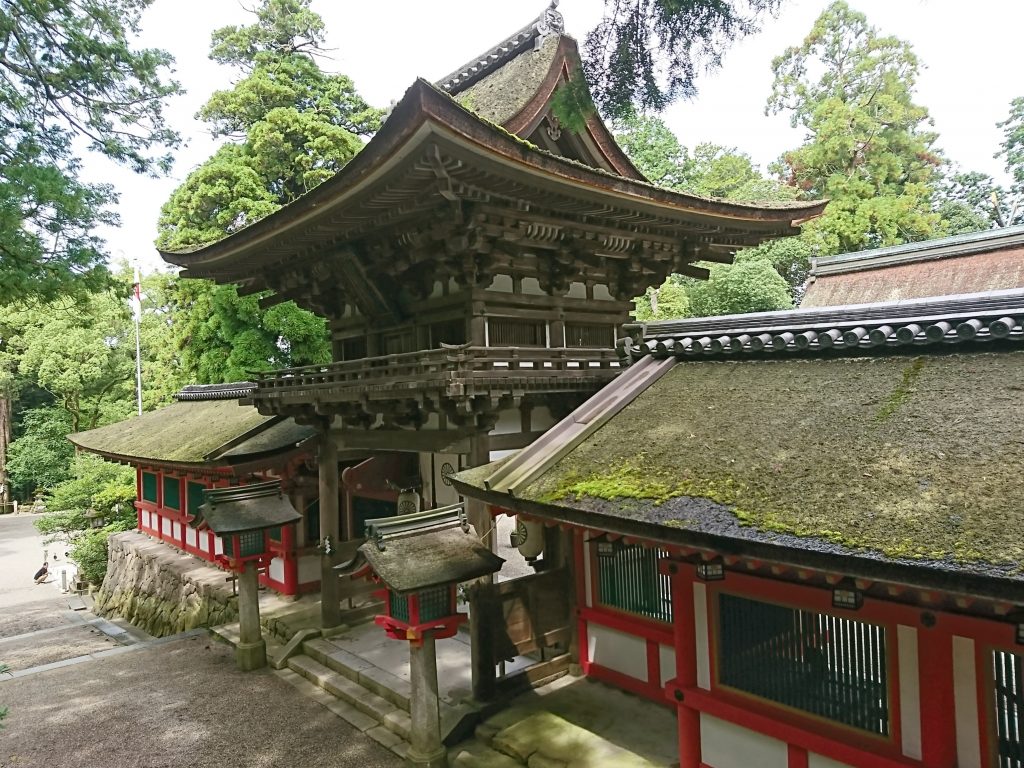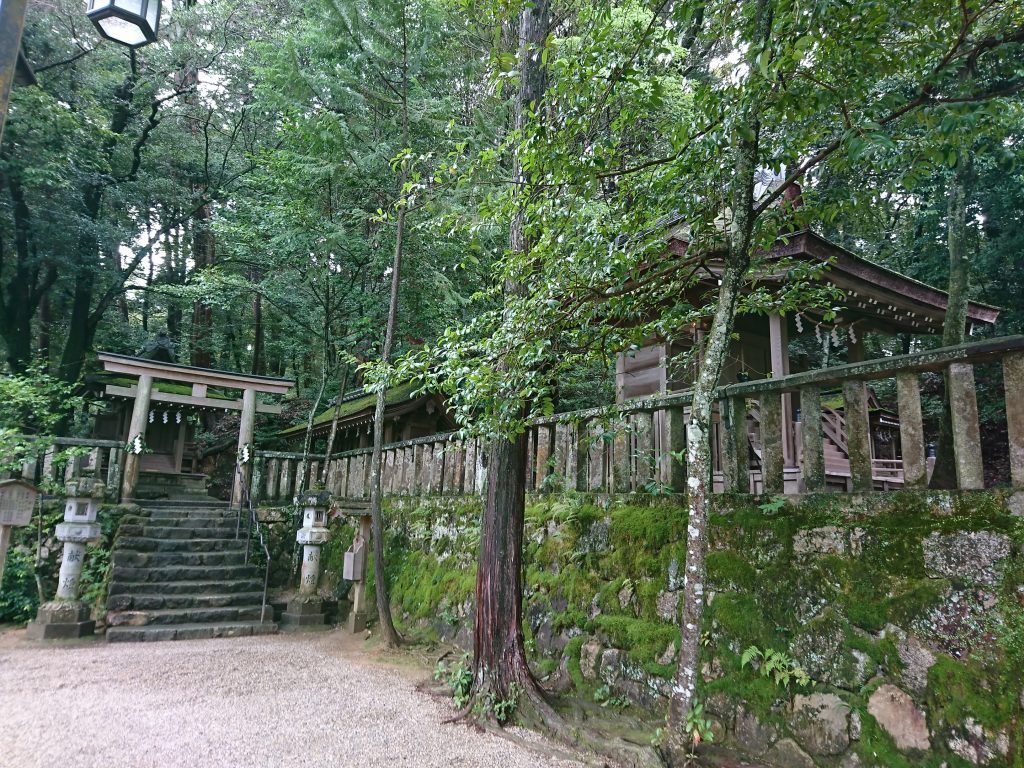Sacred Roosters, a Mysterious Sword, and a Resurrection Rite at Isonokami Jingu
2024/07/05
At the end of the Yamabe no michi, the oldest road in Japan, that snakes its way from Nara City to Tenri City through some of the most enchanting countryside in Nara dwells a shrine with an equally long history. Isonokami Shrine ( or Jingu) is thought to date back to the early 3rd century or even earlier, and it was a site of great importance to the rulers of the time. It well predates the introduction of Buddhism to Japan – which came quickly to co-exist with well-established belief systems – and, as such, it harbours rare information about the sacred life of the earliest royals, the Yamato chieftain kings (and queens). They engaged in the nature worship associated with what was to become known as “Shinto”, as well as Shamanistic and Chinese practices. The elusive and ever-fascinating “Queen” Himiko, who had probably been a shaman, was of the period when the shrine buildings were first constructed, and (perhaps) of this area too – her tomb is thought by some to be the so-called “Chopstick Tomb” (Hashihaka kofun) in Sakurai, Nara. For travelers who love history in-situ, Nara prefecture is a kind of join-the-dots treasure map of ancient imperial history (though still rather speculative).
Those familiar with the early politico-religious tussles between supporters of Buddhism and the older well-established ritual officiants will be familiar with the name of the Mononobe clan who opposed the new religion. The Mononobe claimed Isonokami Shrine as its principle shrine, and after the clan disintegrated it reformed as the Isonokami clan – testament to their role there.
Some 1600 years later, the shrine is mainly known (by the newcomer, at least) for two things: the beautiful roosters that troop around it as its sacred messengers and whose vivid crowing can be heard from afar, and a mysterious sword (of which more below). It was also a storehouse for weaponry and a repository for various regalia submitted by subject clans from other parts of the islands. For the more curious, and those who want an intriguing peep behind the curtain of not only Buddhism-inflected Shinto but also Shinto itself, it also practiced what is called a “spirit-shaking” resurrection ritual (the chinkonsai) that was part of system of “magical” practices.
In Japanese history, the rise and fall of shrines and their gods is entwined with developments in rule and succession. While Amaterasu at the famous Ise Shrine is sometimes thought of as the ancestral goddess with a lineage unbroken through the ages, there were of course other contenders. Isonokami Shrine has obscure links, for example, to Izumo, which was powerful political site: one myth presents the claim that the god of Izumo used Isonokami Shrine’s famous sword to defeat a serpentine monster. It is also linked to Ise Shrine. Both Izumo and Ise are the sites of two of the most important deities in Japanese Shinto history. But Isonokami Shrine’s gods are something else altogether. The name of the main god translates to “Master Shaker”, and chronicles describe him as a military figure, and a sword deity, who was responsible for placating unruly spirits for the court. The Mononobe ritualists performed rites related to Master Shaker of both spirit pacification and of spirit (or soul) shaking – a rite for warding off death or for revival. The latter was performed for members of the ruling family. It is still performed annually today.

Isonokami Shrine is also known for an ancient sword with a shape known nowhere else in the world. It is called the “Seven-Pronged Sword”, after its inscription (and appearance). The early chronicles of Japan describe a similar sword presented to Empress Jingu in 372 by a mission from Paekche (part of today’s South Korea). Though it is (understandably) not on view, the shrine offers a great deal else of interest to see in, for example, its unusual architecture, which we wrote about here.

This short overview cannot do it justice, but Isonokami Shrine clearly occupies a remarkable place in the history of early Japan’s construction of its imperial line, its links with the continent, and its beliefs about life, death, and health. And while much of this is still surrounded by mystery, it does make the unusual and ancient site as much one of deep history as of beauty. Lovers of history and spirituality as well as lovers of natural beauty would be wise to add this quite literally magical spot to their travel itinerary.
See Isonokami Jingu’s English website here.
Access: see map here.
Admission free.

01
FIND YOUR FAVORITE
TRIP ON OUR WEBSITE.
SEND US AN INQUIRY.

02
PERSONALIZE THE TRIP
TO YOUR INTERESTS
WITH OUR CONSULTANT.

03
20% DEPOSIT TO CONFIRM.
BALANCE PRIOR TO ARRIVAL.
PAYMENT BY CC OR TT.

04
WE WILL
MEET YOU
AT THE AIRPORT.

05
DISCOVER THE
TREASURES!